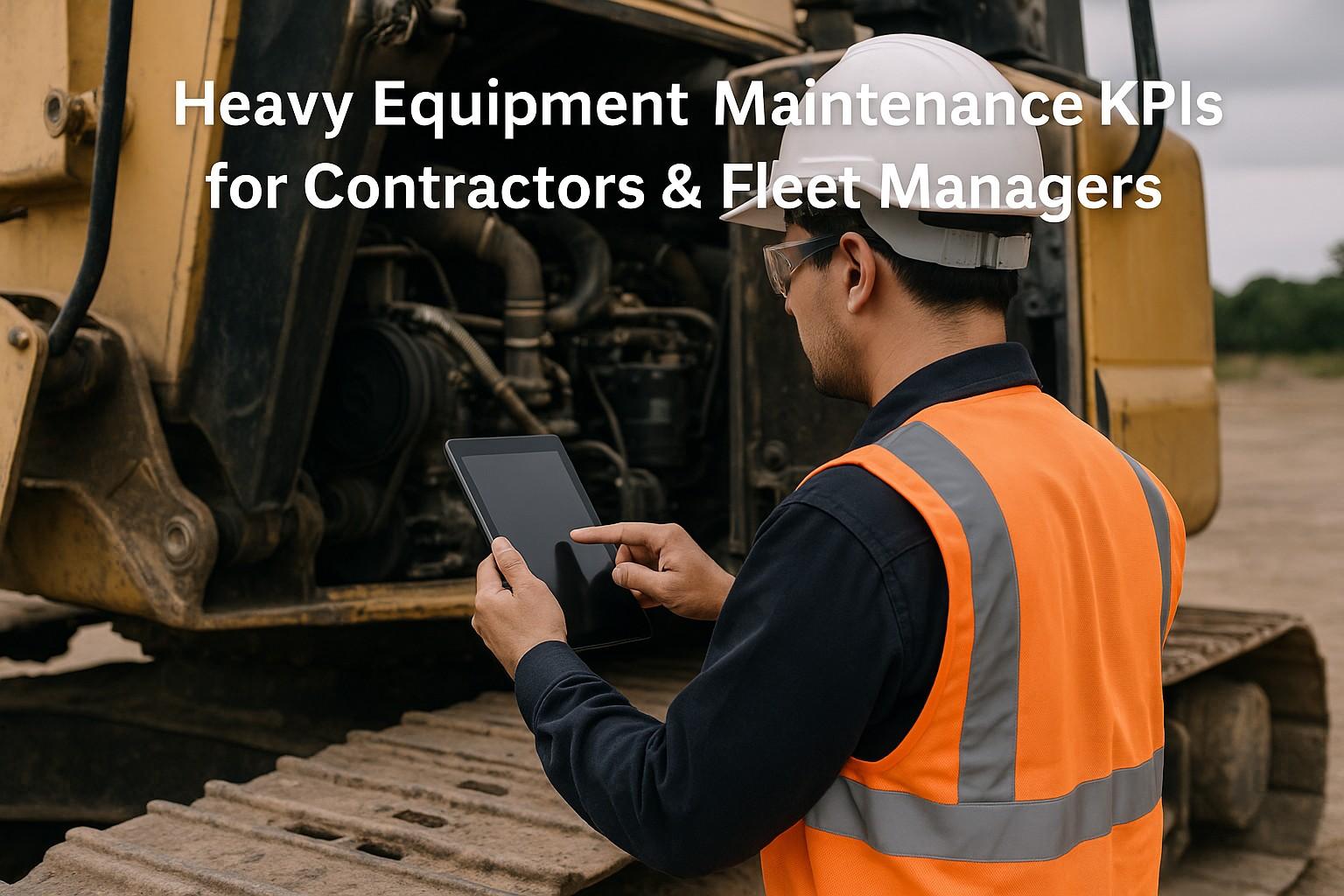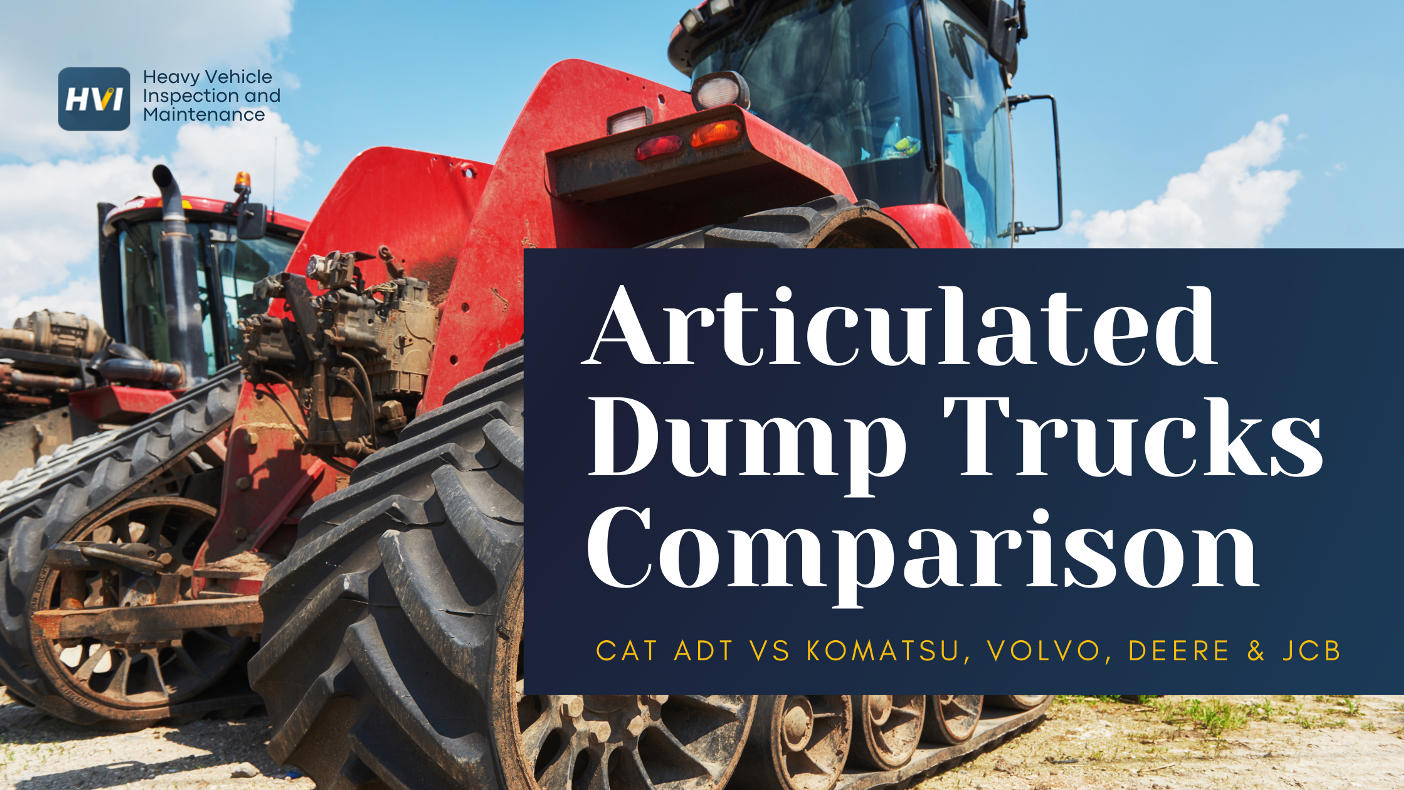Improper cargo securement causes over 25,000 accidents annually in the United States, with unsecured loads resulting in average liability claims of ₹45 lakhs per incident. With DOT violations for inadequate tie-downs carrying penalties up to ₹3.5 lakhs and potential license suspension, understanding proper tie-down requirements isn't just about cargo protection—it's about preventing catastrophic accidents, avoiding severe financial penalties, and maintaining operational compliance in an increasingly regulated transportation environment.
This comprehensive tie-down guide eliminates 95% of cargo securement violations, prevents load-shift accidents, and ensures full DOT compliance through systematic implementation of proven securement protocols. More importantly, it transforms uncertain loading practices into precise operational procedures that guarantee cargo safety, regulatory compliance, and maximum protection against liability exposure.
Annual Fleet Securement Impact
Ready to Ensure Proper Cargo Securement?
Discover proven tie-down protocols that guarantee compliance and prevent costly violations.
The Ultimate Flatbed Tie-Down Requirements Framework
Effective cargo securement requires understanding the fundamental tie-down calculation that addresses the five critical forces acting on cargo during transport: forward deceleration (0.8g), rearward acceleration (0.5g), lateral acceleration (0.5g), and upward acceleration (0.2g). This tie-down framework integrates DOT regulations, physics-based calculations, and equipment specifications into a comprehensive system that ensures cargo remains secure under all normal transportation conditions.
Advanced Securement Technologies and Equipment
Modern cargo securement transcends basic chains and straps to incorporate load monitoring sensors, automated tensioning systems, and real-time securement verification technologies. Advanced tie-down systems achieve 99% cargo security reliability while reducing inspection time by 60% through integrated monitoring systems that continuously verify securement integrity throughout transport.
Digital securement management platforms enable real-time load monitoring, automated compliance documentation, and predictive maintenance of securement equipment. This technology integration reduces human error, improves inspection efficiency, and provides comprehensive audit trails crucial for liability protection and regulatory compliance verification.
- ✓ Load Monitoring Sensors providing real-time tension measurement, movement detection, and automated alert systems
- ✓ Digital Inspection Platforms with photo documentation, GPS tracking, and compliance verification capabilities
- ✓ Automated Tensioning Systems ensuring consistent strap tension and eliminating manual adjustment errors
- ✓ Compliance Management Software generating DOT-compliant documentation and inspection reports
- ✓ Equipment Management Systems tracking WLL ratings, inspection schedules, and replacement requirements
- ✓ Training Simulation Platforms providing virtual cargo securement training and certification programs
Implementation Strategy for Maximum Compliance
Successful tie-down compliance implementation requires a phased approach that minimizes operational disruption while maximizing safety effectiveness. The recommended timeline spans 3-6 months with priority given to high-risk cargo types and routes before expanding to comprehensive fleet-wide implementation across all transportation operations.
Investment in advanced securement technologies today provides protection against regulatory changes and ensures compatibility with emerging safety requirements. The total cost of compliance calculations strongly favor proactive implementation, with risk mitigation benefits typically exceeding investment costs within 12-18 months through avoided penalties and prevented accidents.
- ✓ Conduct comprehensive equipment inventory and WLL verification with ₹25,000-40,000 investment in testing equipment
- ✓ Implement standardized calculation procedures using ₹15,000 investment in digital tools and training materials
- ✓ Establish baseline securement protocols and documentation systems for all cargo types
- ✓ Create cargo-specific securement guides based on dimensional and weight requirements
- ✓ Train drivers and loading personnel on proper calculation methods and safety procedures
- ✓ Set up inspection checklists for pre-trip, en-route, and delivery verification
- ✓ Deploy load monitoring technology with ₹50,000-75,000 per truck investment in sensor systems
- ✓ Implement digital documentation platforms with automated compliance reporting capabilities
- ✓ Integrate with fleet management and dispatch systems for optimized routing and load planning
- ✓ Establish automated equipment inspection and replacement scheduling programs
- ✓ Deploy advanced training simulators for complex cargo securement scenarios
- ✓ Create performance dashboards for operational and safety management visibility
Measuring Success: Essential KPIs for Securement Excellence
Effective tie-down compliance requires continuous measurement and optimization based on quantifiable performance indicators that demonstrate safety improvement and regulatory adherence. These metrics enable data-driven decision-making and justify continued investment in advanced securement technologies and training programs.
Investment in comprehensive securement systems today provides protection against evolving regulations and ensures operational continuity in an increasingly monitored transportation environment. The liability protection calculations strongly favor proactive compliance, with risk mitigation benefits typically exceeding system costs within 18-24 months through prevented accidents and avoided penalties.
- ✓ DOT Inspection Pass Rate targeting 100% compliance during roadside inspections and facility audits
- ✓ Cargo Security Index measuring load shift incidents to zero occurrences within first year of implementation
- ✓ Penalty Avoidance Achievement eliminating ₹5-15 lakhs annually in DOT fines through proper compliance
- ✓ Equipment Utilization Optimization achieving 25-35% longer tie-down equipment life through proper usage
- ✓ Safety Score Improvement reducing accident risk by 90% through systematic securement protocols
- ✓ Operational Efficiency gaining 15-20% faster loading times through standardized procedures
Regulatory Compliance and Future-Proofing Strategies
DOT cargo securement regulations under 49 CFR 393 continue evolving with enhanced enforcement capabilities and updated safety requirements that affect all flatbed operations. This tie-down framework not only ensures current compliance but also positions operators for future regulatory requirements including automated monitoring mandates and enhanced documentation standards.
Emerging regulations will likely require digital load monitoring systems and real-time compliance verification capabilities. Early implementation provides competitive advantage and avoids costly retrofit expenses while positioning operators for enhanced safety ratings and preferred carrier status with major shippers and insurance providers.
Maximizing ROI Through Strategic Securement Excellence
The implementation of comprehensive tie-down requirements represents more than regulatory compliance—it's a strategic investment in operational safety and liability protection that positions transportation companies for significant competitive advantages in an increasingly regulated marketplace. The financial benefits extend beyond penalty avoidance to encompass improved insurance rates, enhanced customer confidence, and superior safety performance.
Transportation companies who embrace advanced securement protocols achieve measurable improvements in safety ratings, operational efficiency, and customer satisfaction. Conservative estimates suggest total risk mitigation value exceeding 500% of implementation costs within three years, with immediate liability protection visible from the first day of proper compliance.
The transportation industry's safety evolution demands proactive adaptation and investment in proven securement strategies. Fleet operators who implement proper tie-down protocols today will be best positioned to capitalize on emerging opportunities while avoiding the costly consequences of non-compliance that threaten traditional operations.
Transform Your Cargo Securement Strategy Today
Start implementing proven tie-down protocols and join the ranks of America's safest transportation companies.
Book a Demo
.png)



